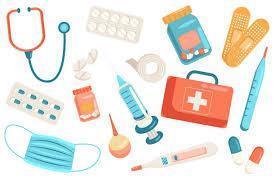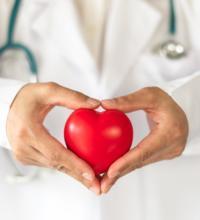The Top Mistakes People Make in Burn First Aid and How to Avoid Them

Dr. Egi Fikri practices Nutritional Medicine in Medan, Sumut. Dr. Fikri has received an education on and advises people on matters of food and nutrition, considering how they both impact health. Nutritionists? help patients choose the right things to eat, help them plan menus, and advise them on the health effects of certain... more
Misguided Remedies Do More Harm Than Good
It’s instinctive to reach for cold water or ice, but using ice on a burn can cause further tissue damage. Home remedies like butter, oils, or lotions trap heat instead of releasing it, which increases the risk of infection. These methods linger in popular culture but offer little in real healing. Cooling the area gently with lukewarm water is more effective and less damaging.
Underestimating the Injury
One of the most frequent errors is assuming all burns are minor. Even a small second-degree burn can escalate if not properly treated or assessed. Redness, blistering, or deep tissue involvement often signal the need for professional care, especially in sensitive areas like the face, hands, or joints. Waiting too long can lead to scarring, complications, or even infection.
Skipping Proper Supplies
Another issue: not having the right tools on hand. Gauze, burn dressings, and sterile gloves are essentials, yet many homes and workplaces lack a well-stocked first aid kit. A local medical supply store can help individuals and businesses stay prepared with purpose-built items designed for wound care, not improvisation.
Touching or Breaking Blisters
Blisters are the body’s natural barrier. Touching or popping them creates an entry point for bacteria and increases the chance of scarring. Instead, clean the area gently and apply sterile, non-adhesive dressings. If the burn covers a large surface or blisters multiply, medical attention becomes urgent.
Delaying Help
Trying to tough it out is never the right call. Burns can worsen quickly, and signs of infection might not show up right away. Red streaks, swelling, fever, or pus are all red flags. Quick intervention doesn’t just minimize pain, it can preserve skin function and reduce long-term damage. Medical professionals rely on quality medical supplies to clean, dress, and monitor wounds with precision.
Better Outcomes Begin with Better Habits
Burn first aid isn’t about memorizing every protocol, it’s about unlearning the myths that slow healing down. Cool water, clean coverings, and timely medical attention save skin and lives. When the right supplies are close by, emergencies can be handled calmly and clearly.








